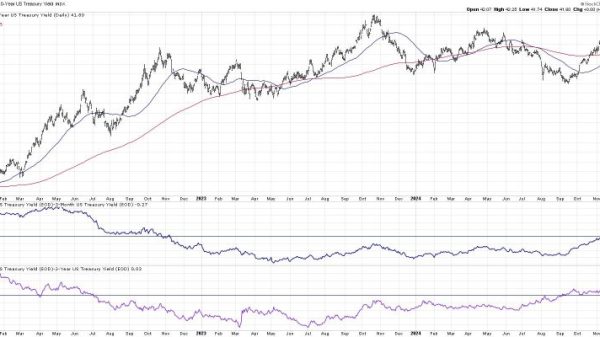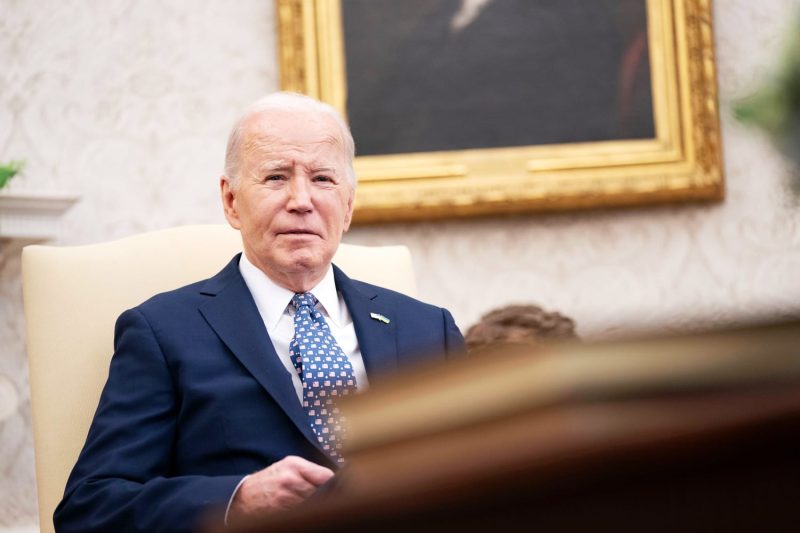Gold has been a highly sought-after precious metal for centuries, valued for its beauty, durability, and scarcity. In recent years, the price of gold has experienced significant fluctuations, attracting the attention of investors and traders alike. Understanding the factors that contribute to gold price movements is crucial for predicting future trends and potentially capitalizing on lucrative opportunities.
One key driver of gold prices is global economic conditions. Traditionally, gold has been viewed as a safe-haven asset, meaning that investors tend to flock to gold during times of economic uncertainty or market volatility. This flight to safety can drive up the demand for gold and push prices higher. Factors such as geopolitical tensions, inflation, and currency devaluation can all contribute to a surge in gold prices.
In addition to economic conditions, central bank policies also play a significant role in shaping gold prices. Central banks hold significant gold reserves as part of their foreign exchange holdings. Changes in monetary policy, especially interest rate decisions, can impact the value of currencies and influence the demand for gold. Central banks’ buying or selling of gold can also affect the overall supply and demand dynamics in the market, leading to price movements.
Another crucial factor that influences gold prices is market sentiment and investor behavior. Gold prices are often driven by speculative activity and investor sentiment, with trends and momentum playing a significant role in price movements. Traders closely monitor technical indicators and chart patterns to identify potential breakouts or reversals in the gold market. Tools such as trendlines, moving averages, and chart patterns can help traders make informed decisions and anticipate price movements.
Furthermore, macroeconomic indicators such as GDP growth, employment data, and consumer sentiment can provide insights into the health of the global economy and influence gold prices. Positive economic data may lead to risk-on sentiment, prompting investors to shift away from safe-haven assets like gold. On the other hand, negative economic indicators or geopolitical events can drive investors back to gold as a store of value.
Overall, understanding the complex interplay of economic, geopolitical, and market factors is essential for predicting the future direction of gold prices. By staying informed about key drivers of gold prices and using the right tools and indicators, investors can spot potential breakouts and position themselves for profitable trades. Whether you are a seasoned trader or a novice investor, keeping a close eye on the factors that drive gold prices can help you navigate the volatile precious metals market and capitalize on emerging opportunities.


























